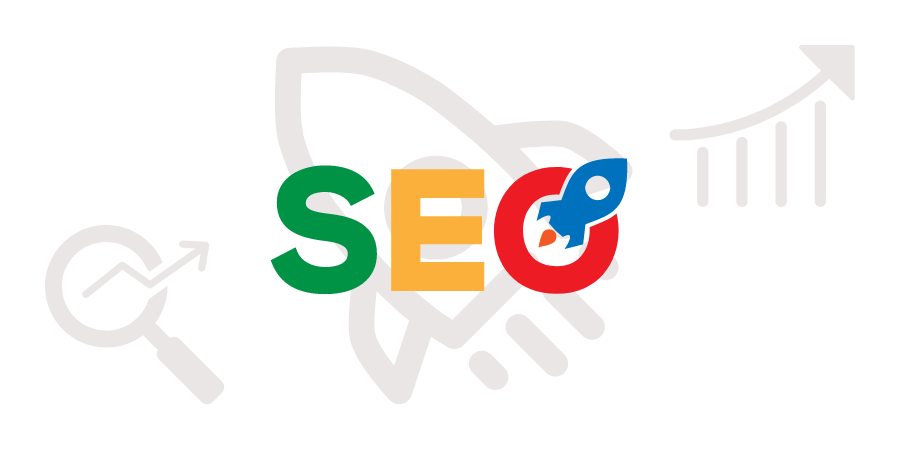Search Engine Optimization (SEO) is essential for driving organic traffic to your website, helping it rank higher on search engines, and ultimately reaching a larger audience. SEO methods are constantly evolving, but some core strategies consistently yield results. Here are some of the best methods to improve your SEO:
1. Keyword Research and Optimization
- Keyword Research: Start by researching relevant keywords that align with your target audience’s search intent. Tools like Google Keyword Planner, Ahrefs, and SEMrush can help identify high-traffic, low-competition keywords.
- Optimize Content with Keywords: Place primary keywords in strategic locations like titles, headers, meta descriptions, and throughout the content without overstuffing. Use related keywords (LSI keywords) to cover variations of search intent.
2. High-Quality, Relevant Content
- Create Valuable Content: Search engines prioritize high-quality, informative, and relevant content. Ensure each piece offers value, is well-structured, and answers the user’s query.
- Use E-A-T Principles: Google values content that demonstrates Expertise, Authoritativeness, and Trustworthiness. Make sure your content is credible, written by knowledgeable authors, and backed by reputable sources.
- Regular Updates: Regularly updating older content can improve its relevance and SEO performance, signaling search engines that the content is still valuable.
3. On-Page Optimization
- Title Tags and Meta Descriptions: Write clear, compelling, and keyword-rich title tags and meta descriptions to attract clicks and signal relevance to search engines.
- Header Tags (H1, H2, etc.): Properly structure your content with H1, H2, and H3 tags, which make it easier for search engines to understand and organize content.
- URL Structure: Keep URLs short, descriptive, and include your target keywords to improve both SEO and user experience.
4. Mobile Optimization
- Mobile-Friendly Design: Since mobile devices account for the majority of internet traffic, ensure your site is fully responsive and optimized for mobile.
- Page Load Speed: Page speed is critical for both SEO and user experience. Use tools like Google’s PageSpeed Insights and Lighthouse to identify issues, then compress images, leverage browser caching, and minify CSS and JavaScript files to boost load speed.
5. Technical SEO
- Crawlability and Indexability: Make sure search engines can crawl and index your website easily. Use XML sitemaps, a clean robots.txt file, and no duplicate content to ensure smooth crawling.
- Structured Data: Add structured data (schema markup) to help search engines understand your content. This can improve the chances of your content appearing in rich results, enhancing click-through rates.
- Fix Broken Links and 404 Errors: Use tools like Screaming Frog or Ahrefs to find and fix broken links and error pages that can negatively affect SEO.
6. Backlink Building
- High-Quality Backlinks: Acquire backlinks from reputable, relevant websites. Quality is more important than quantity here—backlinks from respected sites improve authority and rankings.
- Guest Blogging and Outreach: Write guest posts for well-regarded websites in your industry. Outreach to share your content with influencers and bloggers can help attract more organic backlinks.
- Create Linkable Content: Content such as in-depth guides, research reports, and infographics are highly shareable and often attract natural backlinks from other sites.
7. User Experience (UX) Optimization
- Improve Site Navigation: A clean, user-friendly navigation helps both users and search engines. Organize content logically, reduce clicks needed to reach information, and keep menus simple.
- Enhance Engagement with Multimedia: Adding images, videos, and interactive content like quizzes can boost engagement, keep users on your site longer, and reduce bounce rates.
- Focus on Core Web Vitals: Google’s Core Web Vitals (Largest Contentful Paint, First Input Delay, and Cumulative Layout Shift) are key to ranking well. Improving these metrics can enhance both SEO and user satisfaction.
8. Local SEO for Local Businesses
- Optimize Google My Business: For local businesses, setting up and optimizing a Google My Business profile is essential. Ensure the information is accurate and complete.
- Local Keywords and Content: Use location-based keywords in your content, and create pages for specific locations if you operate in multiple areas.
- Citations and Local Listings: Consistent listings in local directories like Yelp, Yellow Pages, and others improve local SEO and make your business more visible to local audiences.
9. Content Marketing and Social Media Integration
- Content Distribution on Social Media: Share content on social media platforms to reach a broader audience and drive traffic. Social shares can indirectly influence SEO by increasing visibility and generating more backlinks.
- Build a Content Marketing Strategy: Regularly publish blog posts, videos, and infographics to engage users and keep them returning to your site. Content marketing builds brand authority and supports SEO through consistent user engagement.
10. Analytics and Continuous Optimization
- Use Google Analytics and Search Console: Monitor your SEO performance, including traffic, bounce rates, and user behavior. Identify and optimize underperforming pages.
- A/B Testing and CRO: Regularly test different versions of your content, titles, and CTAs (calls-to-action) to improve conversion rates and engagement.
- SEO Audits: Conduct periodic SEO audits to keep your site healthy and address new issues. This proactive approach keeps your site up-to-date with SEO best practices and algorithm changes.
By implementing these SEO strategies consistently and focusing on quality, relevance, and user experience, you can improve your website’s visibility, drive organic traffic, and build a sustainable online presence. SEO is a long-term investment, but with time and commitment, the results can greatly enhance your business’s online success.



